Kyoto was the old capital of Japan for a long period of time. The city witnessed the rise and fall of the nation, held and protected relics that serve as proof of Japanese history. Kyoto National Museum holds many collections of such relics dating centuries old.
History of Kyoto National Museum
History and Background
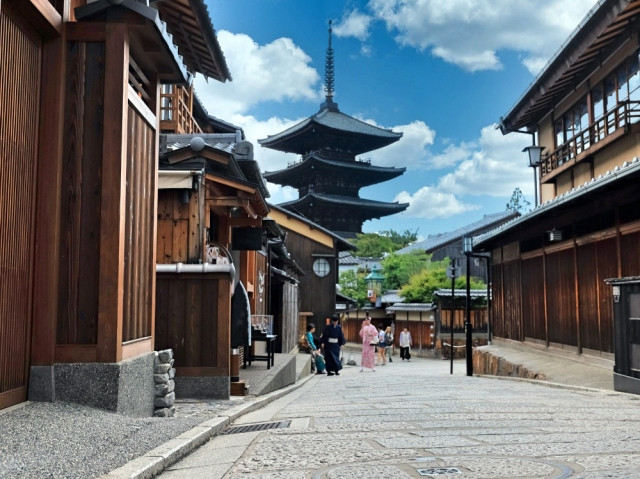
The Higashiyama District or Higashiyama Ward is a place in Kyoto, Japan, is where locals and tourists can experience Kyoto during the feudal era or the time where "shoguns" (military dictators) ruled the area. Old establishments are mostly located in this area and one of which is the Kyoto National Museum, one of the oldest museums in Japan.
Tokyo National Museum, Kyoto National Museum, and Nara National Museum were proposed to be built in 1889 because of Japan's need to preserve and protect their national treasures and Imperial and temple collections during the rule of Emperor Meiji (Meiji Period). Emperor Meiji was adamant to be on par with the western world; hence, started Japan's westernization and modernization. Japan was afraid that their treasures and collections would be lost or damaged during the transition; thus, building three imperial museums to house their treasures and collections.
In 1895, during the Meiji period, the Kyoto National Museum was built. The museum was officially opened to the public in 1897 exhibiting different Asian and Japanese pre - modernization collections. Before the name Kyoto National Museum was adopted, a lot of name changes happened along the way. Kyoto National Museum started with the name Imperial Museum of Tokyo; this later changed in 1900 into the Imperial Household Museum of Kyoto. Another name change happened in 1924, naming the museum the Imperial Gift Museum of Tokyo before finally settling with the name Kyoto National Museum in 1952.
One of the Four National Museums
There are currently four National Museums under the Independent Administrative Institution National Museum (IAI National Museum) in Japan, namely, Tokyo National Museum, Kyoto National Museum, Nara National Museum, and Kyushu National Museum. The IAI National Museum is a corporate entity made in 2001 with the purpose of merging the national museums for the betterment of preservation and protection of Japan's treasures and collections and how they educate and portray these treasures and collections to the public. Originally, there were only three National Museums (Tokyo, Kyoto, and Nara), IAI National Museum, later on, added Kyushu in 2005.
Areas of the Museum
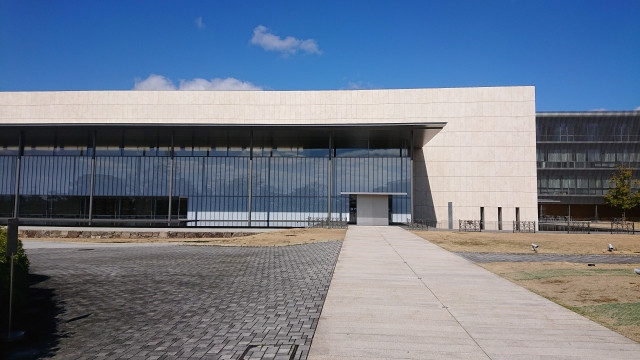
The museum has two buildings where they keep their archives and exhibit their collections. The first one is the original building called "Meiji Kotokan," where special exhibits are conducted. The second one is the main building named "Heisei Chishinkan" Wing, where they exhibit their permanent collections.
The museum is divided into three areas: fine arts, archaeology and The museum is divided into three areas, namely fine arts, handicrafts, and archaeology.. The Fine Arts area houses visual arts for aesthetic purposes - the beauty and design of calligraphy, paintings and sculptures are appreciated here. The Archaeology area houses objects with an archaeological and historical value like artifacts. The Handicrafts area houses work made by the use of hands or by the help of simple tools like pottery, traditional lacquerware, textiles, and so on.
Writer's Pick
What is there to see?
National Treasures and Historical Objects
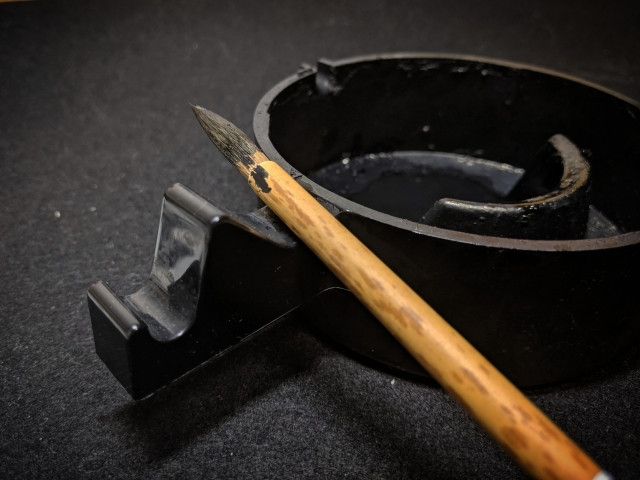
Kyoto National Museum being one of the oldest museums in Japan, currently houses over 2,000 collections of relics and over 12,500 collections of artworks. The collections include paintings by renowned artists like Sesshu Toyo, a well known Japanese master of sumi-e, or ink and wash painting, and Maruyama Okyo, who popularized western mixed with eastern style paintings in Japan. The museum also has priceless potteries and ceramics like the haniwa figurine, a figurine used for funerals and rituals from the Kofun period (3rd - 6th Centuries AD). The museum also exhibits precious metalworks like swords and armors. It also houses prominent Japanese artworks like masks, poems, and calligraphies.
One of the most precious national treasures of the museum that earned a special exhibit recently in 2019 is the Thirty-Six Immortal Poets known as the "Satake" Version. The scrolls from the 13th Century were divided among the original owners; thus, the scrolls being scattered and being reunited once again in the recent exhibit. Though only 31 parts of the collection were exhibited, it was still considered as the largest assemblage of the scrolls to exist. The scrolls include 7th to 10th-century paintings, portraits, poems, and calligraphies. The Thirty-Six Immortal Poets is a collection of works by 36 Japanese poets from the Asuka (538 - 710 or 592 - 645), Nara (710 - 794 AD), and Heian ( 794 - 1185) period, handpicked by Fujiwara no Kinto (a renowned Japanese poet and calligrapher).
Outdoor and Garden Exhibits
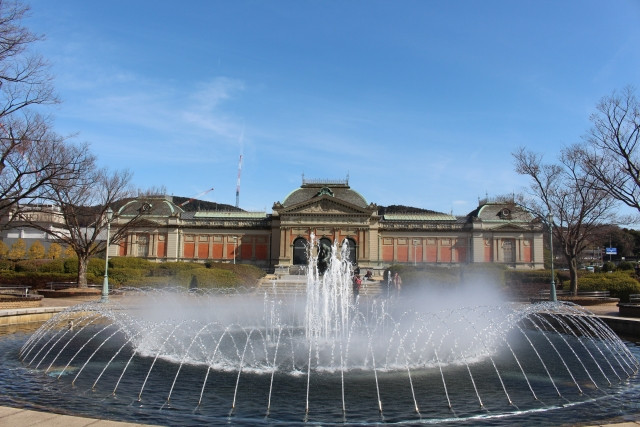
The museum's two gardens (east and west) exhibits various historical stone collections that would surely capture one's attention. The east garden that is located in the southeastern part of the museum exhibits Korean stone sculptures and a Japanese tea house. The west garden located at the southwest corner of the museum exhibits stone Buddhas, foundation stones (writings and recordings of the building engraved into it), and bridge posts. In addition, a water fountain garden can also be found in the courtyard of the museum where the statue of "The Thinker" and a water fountain is situated.
Special Exhibits and Events
Katayama Tōkuma designed the original building where the special exhibits and events are conducted. Like other buildings built during the Meiji period like Tokyo Station that is known for its red brick western-styled architecture, the museum was designed under western influence specifically, French architecture.
Souvenir Shop and Cafè
If you walk through the south gate of the museum, you can stop by and have a sip of coffee at Karafuneya Cafè. The museum also has a museum shop, basically, a souvenir shop where one can buy mementos like mugs, bottle-openers, t-shirts, playing cards, and stuffed toys inspired by the museum's official mascot, Torarin (a grey and white tiger). The shop also sells art reproductions, postcards, and art books.
What to Remember!
Avoid Peak Hours
If you are not comfortable surrounded by a lot of people, then it is suitable for you to avoid peak hours. The museum is open on Tuesday to Thursday at 9:30 am to 5:00 pm and on Friday and Saturdays at 9:30 am to 6:00 pm.
Whenever Japan has a national holiday on a Monday, the museum opens but closes the next day, which is a Tuesday since Tuesday to Saturday is when they normally operate. Also, the museum does not open during the year-end and New Year Holidays.
Bring Audio Guides
Audio Guides may help you during your tour in the museum specially if you do not speak or understand Japanese. It would also help you better understand and appreciate the exhibits displayed at the museum. Keep in mind that there are not a lot of English audio guides and references available, meaning that not all topics may be covered.
Bring a Knowledgeable Friend
If audio guides are not available, then you should bring a friend who is well versed in poems and Japanese texts. The museum holds a lot of old scrolls that contain old Japanese texts that are not easily understood by mere translation. Also, having some company during the trip is better than being alone.
Summary
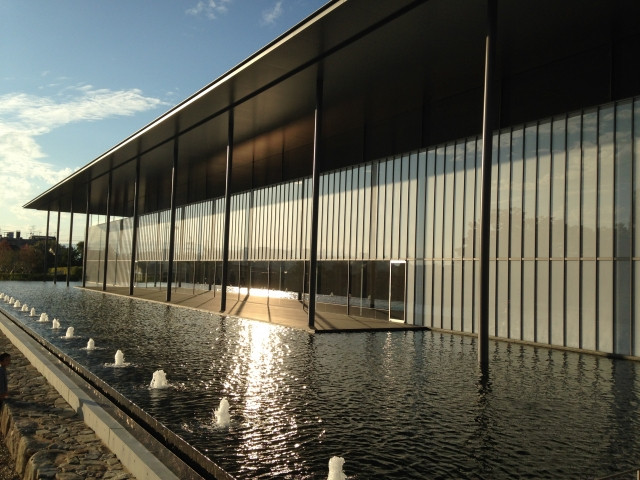
Kyoto National Museum houses numerous Japanese treasures and collections that contribute to Japan's history. Being one of the oldest museums in Japan, the museum witnessed and experienced Japan's journey into being a country that a lot of people are enamored and attracted to. It is no secret that the museum is a great place where one can learn the history, culture, traditions, and the artworks of Japan. Come and visit Kyoto National Museum where you can sightsee and learn at the same time!
※ Kyoto National Museum Website



















.jpg)












